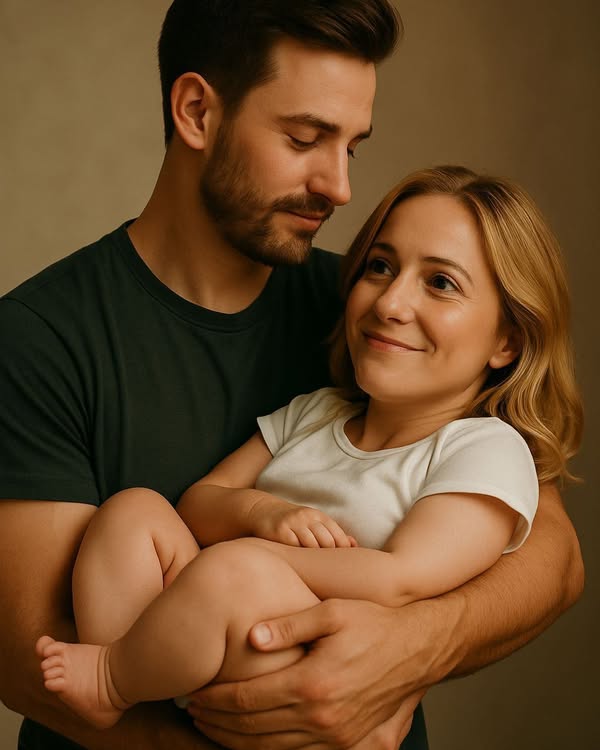Shot Heard Round the World
April 19, 1775. It's an important day in American history. Here's a take on it by Reid Henrichs of Valor Ridge. And here are some more facts from that day:
700 redcoats (uniformed military on colonial British soil) march on British cities of Lexington then Concord, to capture local agitators John Hancock and Samuel Adams, and seize as much powder and ball as they could. A local community organizer spread the word, then delayed the advance when captured, by telling the soldiers they would soon be confronted by an equal force. Paul Revere.
An aged old farmer and mechanic, and British war veteran, suffering from pulmonary tuberculosis and near death, called up the local militia to discuss options. This was Captain John Parker. The militia were training bands of able bodied men between 16 and 50, to be ready at a moments notice to defend the community. Not every man was to report, there were exceptions. Arrangements varied from town to town, but generally each member was required to have a good and sufficient firelock, bayonet, 30 rounds of powder and ball, pouch and knapsack. They were required to train twice a week, and were paid one shilling for every day of service. Defending the British Crown during the French & Indian War, many towns called them minutemen. Their origin goes back to the 1650's, a hundred years prior. Older men between the ages of 50 and 70 were on the 'alarm list' and were held in reserve. After 1 am the local dairy farmers began to muster around Lexington Common (aka Green). The town of Lexington defied Congress and did not raise a company of minutemen. Lexington stuck with the name 'training band'. The force that gathered on the Green that early morning was a traditional New England training band.
By 4:30 am on the Green, no more than 70 militia faced over 700 British regulars. One of the militia told his captain: 'there are so few of us, it is folly to stand here'. The captain replied: 'the first man who offers to run shall be shot down'. Followed by his now famous words: "Stand your ground! Don't fire unless fired upon! But if they want to have a war, let it begin here!" The British regulars continued moving forward and began to shout their distinctive battle cry: "huzza! huzza! huzza!" The sides were no more than 70 yards apart; some said as close as 40 yards. The militia captain ordered his men to disperse and not fire. Amid much confusion, the militia slowly dispersed, but did not lay down their arms. Three or five British officers rode up quickly, and one, pistol in hand, ordered them to disperse. He was believed to be Major Pitcairn. Paul Revere was escaping in the distance, heard a shot. It sounded like a pistol, but he wasn't sure, and he didn't know who fired it. He looked again and the militia had disappeared in a cloud of white smoke from the British regulars. Eight militia killed, ten wounded (most bayoneted) . Two British wounded. Nearly everyone, British and colonial, agreed the first shot did not come from the militia or the rank and file of the British infantry. Who fired the 'shot heard around the world'? Generally believed to be an unnamed British officer on horseback.
Paul Revere didn't see two lanterns in the tower of the North Church. He had them hung there, after he witnessed the British arriving by boat. The two lanterns alerted the Sons of Liberty, a loosely put together communication system designed by Revere to alert the countryside. When Revere started his famous midnight ride through the countryside, what did he proclaim? Clue: it wasn't; 'the British are coming, the British are coming.' Paul Revere proclaimed 'The Regulars are coming, the Regulars are coming.' In Massachusetts, the colonists considered themselves British. He never would have said 'the British are coming'.


Comments
Post a Comment
Your comment will be displayed after approval.
Approval depends on what you say and how you say it.